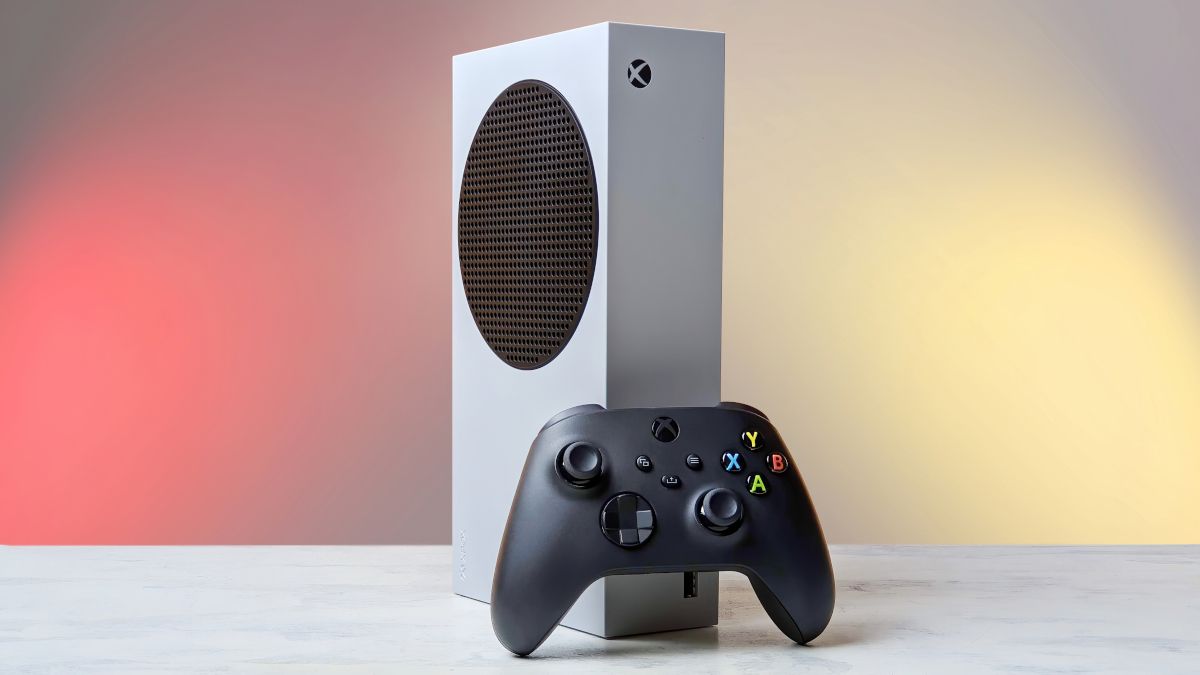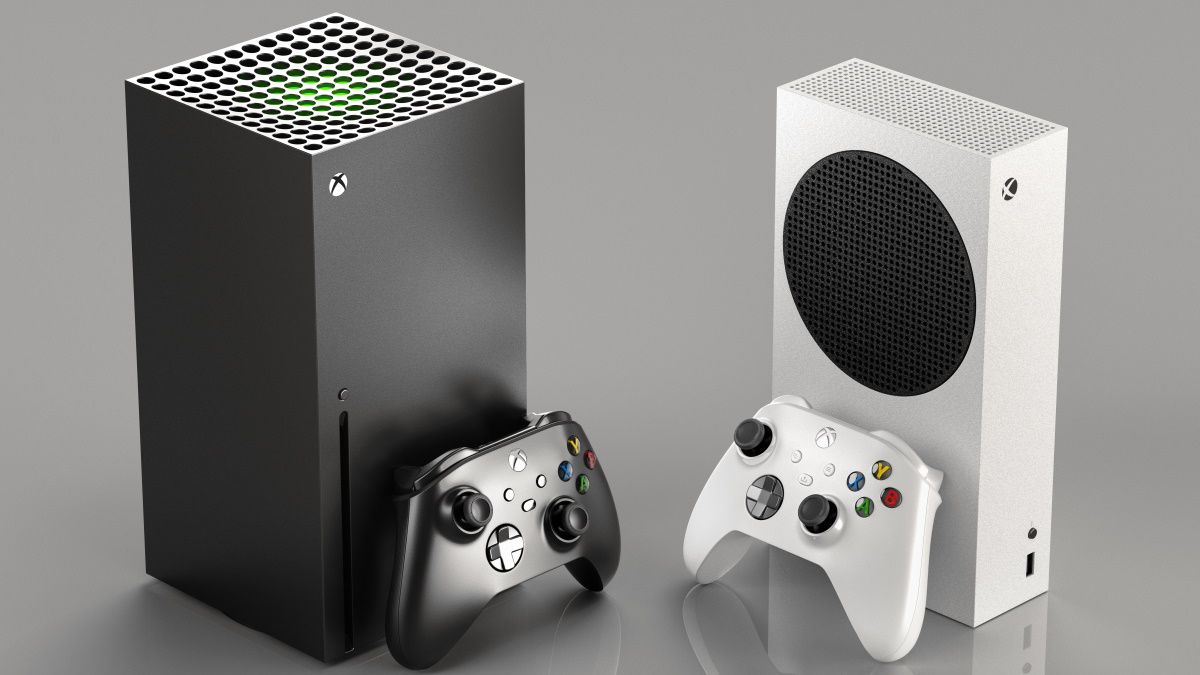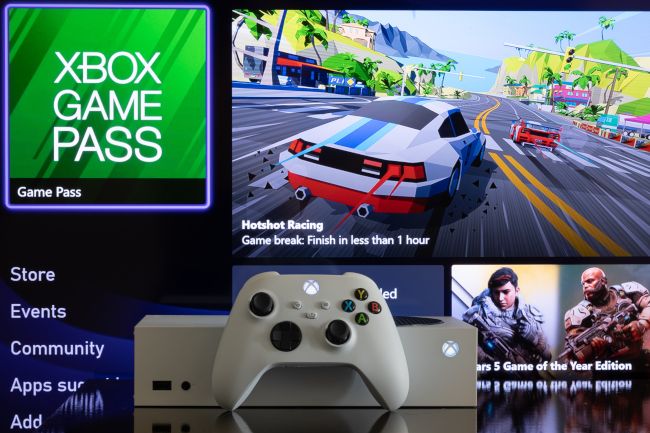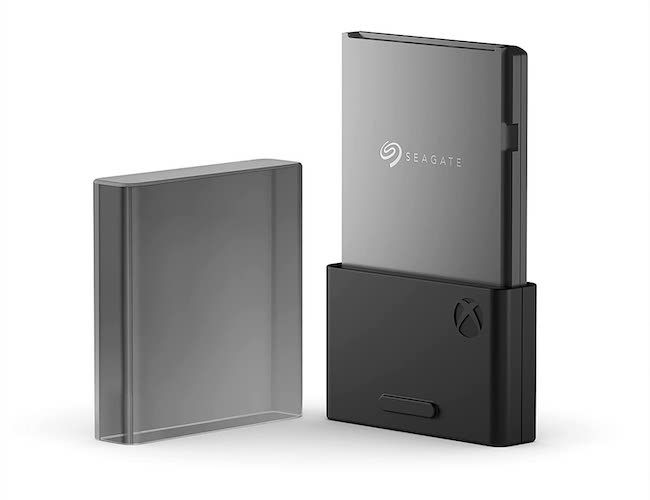Quick Links
The Xbox Series S was a bold move by Microsoft, offering a next-generation console at an enticing price, at $200 below the Series X. But if you choose to spring for those savings, how much are you actually giving up?
Xbox Series S vs. Xbox Series X
While the console siblings do differ, you should keep in mind an important commonality: Series S and X both play the same games. Any game for the Series X is also available for the Series S, and this will always be the case, as they are part of the same console generation and platform.
Under the hood, both consoles use the same fundamental technology and have the same features. The Series S is, therefore, a cut-down version of the X. Specifically, these are the key differences:
- The CPU is identical but slightly slower.
- Series S has less RAM, which is also slower with less bandwidth.
- At 512GB, the Series S only has half the storage of the X, with 364GB usable for games.
- The GPU in the Series S only has about 30% of the power in the Series X.
- The Series S is significantly less energy-hungry and much smaller than the Series X.
- The Series S has no disc drive or support for physical games.
- The target resolution for the Series S is usually between 1080p and 1440p, rather than 4K in the case of the Series X.
- The Series S is $200 cheaper than the X and, at times, goes on sale for less.
These technical differences may paint Series S in an unfavorable light on paper, but they don't tell the whole story.
What's the Series S Experience Like?
We used a Series S with a 70-inch 4K television sitting at the recommended viewing distance for a set of that size, and taken in isolation, it is an excellent experience. Switching to the same title on a much more powerful system (in this case, a PS5) significantly improves sharpness if you look for it. Still, those benefits are diminished as viewing distances increase. So depending on how far you sit from your television, the differences may be less visible than the specifications would suggest.
Playing console-exclusive titles such as Forza Horizon 5 or Halo Infinite, there's never a sense that you're getting a compromised experience. It's important to note that games are meant to be played and not pixel-peeped. This is like freeze framing a movie to point out that you can tell the set is on a sound stage or that you can see the stunt double. It's not how the experience was designed, so it's not particularly relevant.
The Series S brings all of the most important next-generation quality-of-life features along for the ride. That includes fast SSD loading, and the excellent Quick Resume feature that lets you switch between multiple games on the fly is present and correct. You get support for Dolby Vision, variable refresh rate displays, backward compatibility with older generation titles, and more. Whatever the Series X offers outside of GPU power, you get with the Series X.
So the primary sacrifices are resolution, occasionally some visual setting downgrades, and lower frame rates in some games (we'll expand on that a little later). Most of these compromises are only apparent in a side-by-side comparison and don't mean that the Series S is bad in any of these departments, just not as good as the Series X.
Giving Up Physical Games
One major compromise is the lack of a physical drive. If you are interested in physical games, then a Series S is a nonstarter since there is no way (at least for now) to use discs with the smaller console.
On these grounds alone, we can recommend a Series X since that $200 price difference is easily recouped by getting physical games on sale or buying them used! However, in some territories outside the USA, the price difference is much greater than $200, and the physical game market may not offer the same bargain, so make a decision based on your particular context.
Game Pass and Backward Compatibility
The strongest argument for the Series S is as a dedicated Game Pass box. Game Pass is a subscription service that makes 100s of games available to Xbox users for a small monthly fee. Game Pass Ultimate is a higher service tier that includes EA Play and access to Xbox Cloud Gaming in certain territories.
If you don't intend to buy full-price games outright, then the digital Series S combined with Game Pass is a tough deal to beat. Add a large library of cheap backward-compatible games from the first Xbox, the Xbox 360, and Xbox One generations, and the Series S is even more enticing. Considering that the Series S also acts as a digital box that includes streaming apps, it's competing with devices like the Apple TV. If you take the price of an Apple TV and deduct it from the price of an Xbox Series S, the difference is well worth access to triple-A video games.
The Storage Issue
With only 364GB of usable storage, the Series S seems to force you to buy an expensive official storage expansion, pushing the total price to about as much as the Series X. However, you'll most likely not need the expansion for several reasons.
First, the Smart Delivery feature on Xbox means you won't download the Series X version of the game, including those large 4K assets, so game install sizes should be smaller on Series S than X. Secondly, the Series S and X both support USB storage for games. You can attach USB hard drives and SSDs to the console and play Xbox One or older games directly from the drive.
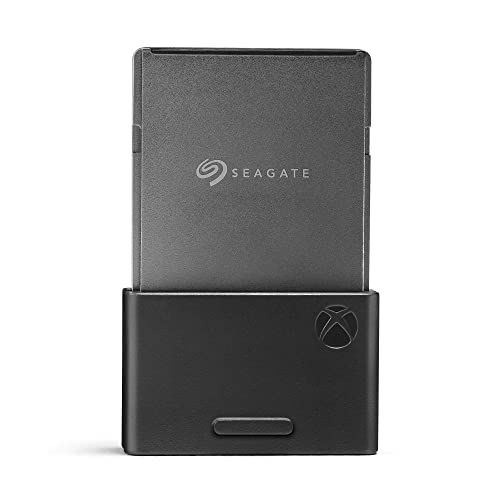
Seagate Storage Expansion Card for Xbox Series X|S 2TB
These expansion cards are the only way to increase the main storage of your Xbox Series S or X, allowing you to play more current generation games without re-downloading and deleting them.
While you can't play Series X|S optimized games directly from external storage, you can store them on external storage and swap them out with games in internal storage as needed. Using a 600MB/s external USB SSD, game transfers take seconds or minutes, much faster than almost any home internet connection can currently manage.
Series S Over the Long Term
A major worry is whether buying a Series S now means the console is obsolete sooner than buying a Series X. First of all; there is no realistic chance that Microsoft will split its platform and allow for games to be released on the Series X but not the Series S. Not only would this be a major PR disaster for the company, it would cut out a major section of the install base since the Series S has proven quite popular.
Secondly, since Microsoft is highly unlikely to drop support for the Series S during the generation, you can be assured that every game released on the Series X will also play on your Series S. However, some developers may decide that their game cannot accommodate the lower-tier system and therefore skip Xbox as a whole for that reason. This has not yet happened, but it's a distinct possibility.
The final area of concern relates to game scaling from the Series X to the Series S. If a game targets 4K on the Series X and is scaled down to 1080 on the Series S, it will still look and play wonderfully. However, if future games target 1080p or 1440p on the Series X, where does that leave the Series S?
Scaling down to 720p or below will be a glaring compromise at any distance from a TV, and the alternative may be to cut frame rates in half or cut major image quality settings. We've already seen games that only offer a 30fps mode on the Series S, while the Series X offers 60fps. Some features, such as ray tracing, don't scale well and are missing in the Series S version of the game. However, these concerns have not yet come to pass and may never be an issue depending on how the difference between the systems are handled.
Who Should Buy a Series S?
There's no doubt that there are significant compromises on paper for that $200 saving when you buy a Series S. Still, as we've argued above, most of those compromises aren't practically significant, while a few might be deal breakers. The Series S is an excellent product in its own right, and there are other benefits, such as space-saving and great run times using a portable power station or another backup power source. You can buy third-party clip-on screens to turn your Series S into a plucky portable gaming system.
That being said, there are a few specific types of gamers that the Series S is better suited towards than others. You should buy a Series S if this describes you:
- You own a 1080p display.
- You live in a region with a much higher price difference between Series X and S.
- You are a PlayStation 5 owner who wants access to Game Pass titles and the Xbox first-party games that are included.
- You're mainly interested in playing free-to-play games or a small number of online games.
- You want a secondary Xbox for children, for a bedroom with a 1080p TV, or for multiplayer titles, etc.
- You are interested in playing the Xbox back catalog of digital games you may have missed.
- You're looking for a great streaming box with great games as a bonus.
The Series S is undoubtedly "worse" than a Series X, but only if you frame them as being in competition for the same kind of customer. In the right place, for the right purpose, the Series S has no competition at all.
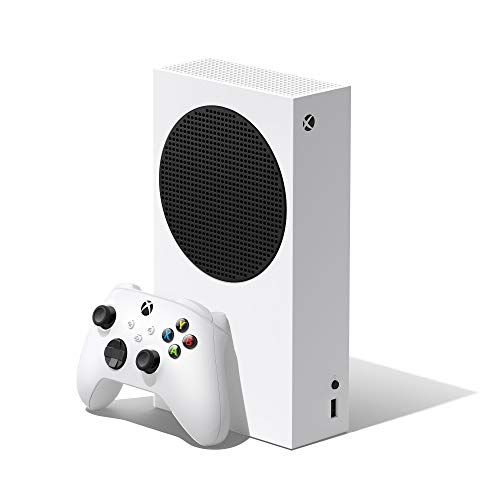
Xbox Series S
Microsoft's smaller current-gen console has it where it counts, and if you're not too fussed about 4K graphics or physical games, it's a real bargain.
If the compromises the Series S offers in return for the lower price are just a bridge too far, waiting for Series X stock or the occasional deal is well worth it.
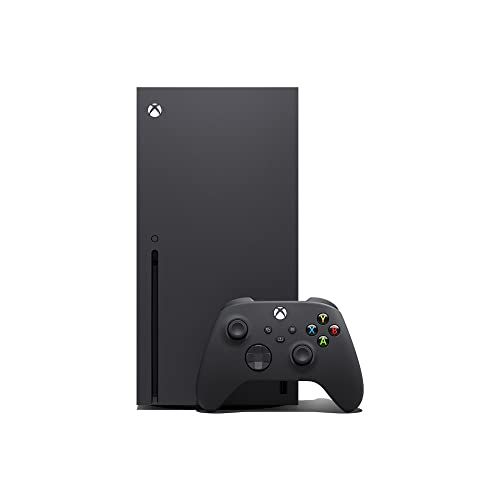
Xbox Series X
The Series X is the most powerful current-generation console and offers access to Microsoft Game Pass for a large library of subscription games out of the box. It also doubles as a UHD Blu-Ray player!

